I was very pleased to see this year's graduates show up with a strong lineup of films, including as always, a variety of documentary, fiction and experimental. This was one of the few times for me that I enjoyed a programme in its entirety. The films were, across the board, well crafted, compelling, and most importantly when it comes to short films, never longer than they needed to be.
There were four standouts for me this year:
Lina Evans’ documentary, My Cradle and Tomb, which followed a Villa Rica resident in Colombia trying to save his community's only source of potable water.
Heliana 101, by Daria Savic, is a colourful romantic comedy that was just the thing for those of us who loved Pushing Daisies.
Connor Johnstone's documentary, White Circus, on Manitoba's wildlife tourism of which the subjects were the hardcore, off-center, and foul-mouthed tour guides.
And finally, Grozata by Taras Hemon, a captivating taut drama in which a father and his gay son come to a head at the family dinner.
A fantastic closing for York's 2016 class! I sincerely hope we have the opportunity to offer you a chance to see some of these films this year.
-Sia
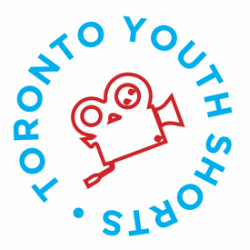
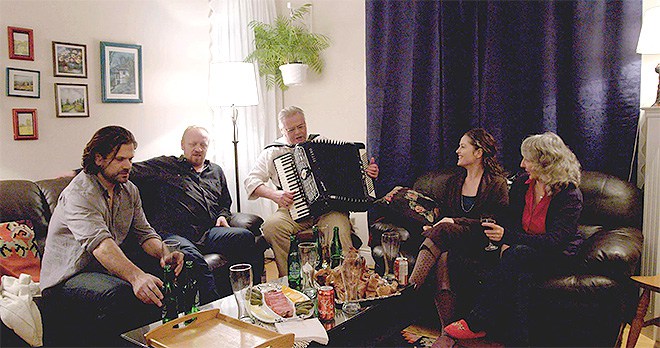
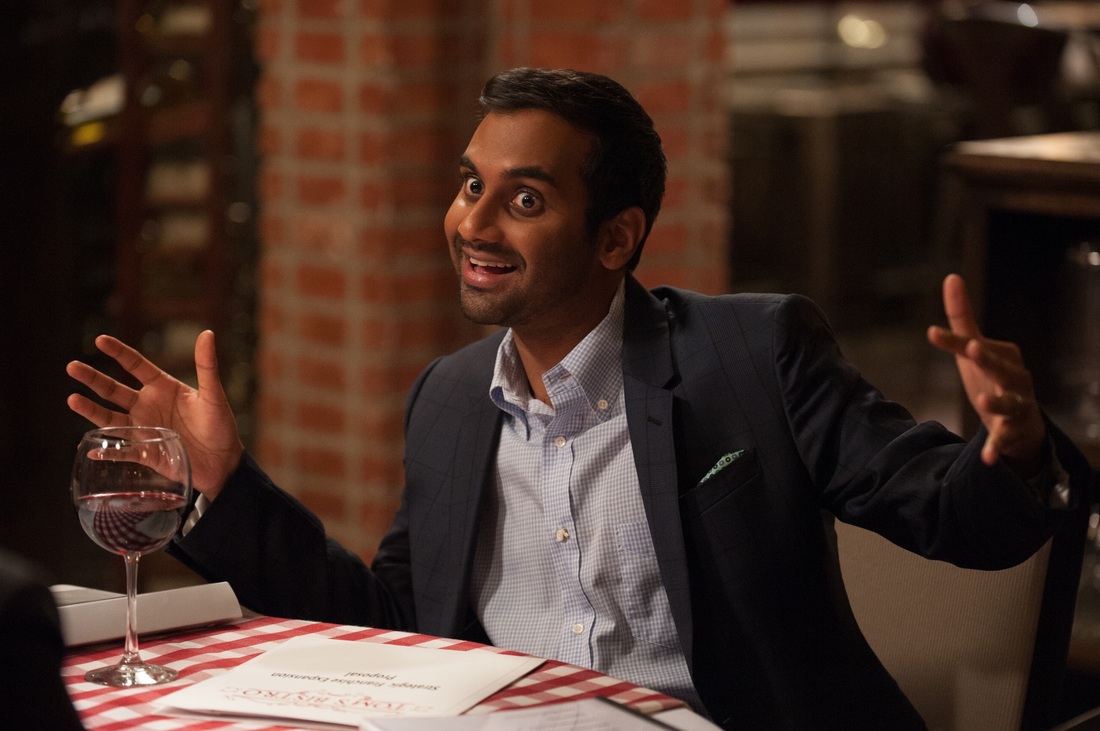
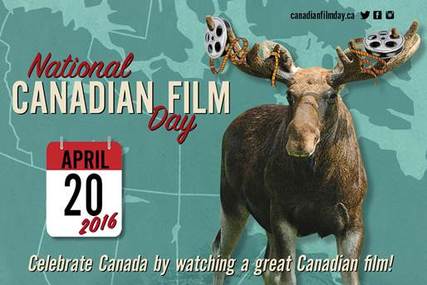
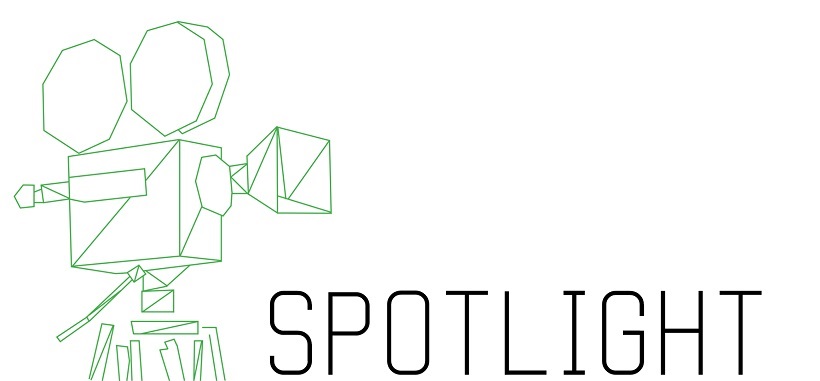


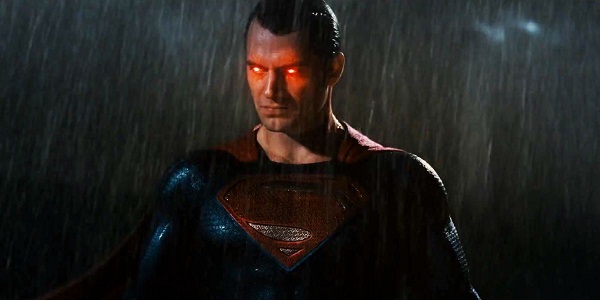
 RSS Feed
RSS Feed